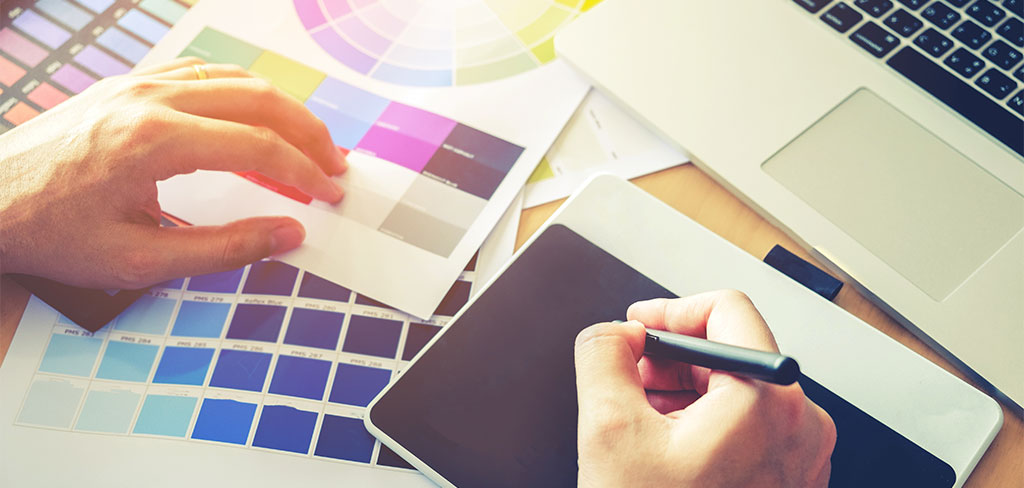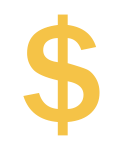 I may be uniquely qualified to ponder this question. I spent part of my career managing a corporate CE in-house design team, and now I own and manage a design agency. I was extremely proud of the team I built, but back then the internal art department was looked down upon. They didn’t think we had the talent of an outside firm. We were relegated to documentation and internal communications, even though management challenged me to broaden our scope of work.
I may be uniquely qualified to ponder this question. I spent part of my career managing a corporate CE in-house design team, and now I own and manage a design agency. I was extremely proud of the team I built, but back then the internal art department was looked down upon. They didn’t think we had the talent of an outside firm. We were relegated to documentation and internal communications, even though management challenged me to broaden our scope of work.
That view has definitely changed over the years. Many CE companies have built up very credible and award-winning design teams. If you are thinking about how to approach your company’s design needs, you may want to take some of these aspects of your quest under consideration when choosing what type of agency you want to work with.
 Pros for Outside Agency
Pros for Outside Agency
- Resources. When a company hires an outside agency, they get the depth of experience of the senior executives, which isn’t typical of an internal team.
- Vendors. Agencies have created relationships with vendors that they manage and own. To build vendor relationships is time consuming, and they need to be nurtured.
- Specialization. A company can hire agencies that specialize in their industry, such as consumer electronics, or in a particular project type such as packaging or social media. It is difficult to hire and maintain internal staff that covers all the bases.
- Structure. Agencies have set processes in place because they are liable for their own errors and omissions. With an internal team, the company pays for their own mistakes.
- Speed. Yes, speed can be a pro for both. Agencies often work until the job gets done, where as an internal team adheres to a standard work day.
 Cons for Outside Agency
Cons for Outside Agency
- Access. A client can’t always access the creatives at a moment’s notice. In fact, often they need to go through an account person before a meeting is called with the creatives.
- Communications. Conversing can’t be quite as immediate with an external agency, especially if they are in a different time zone.
- Learning Curve. Even if you hire an agency with previous industry experience, there is a learning curve to understanding the product line and other business practices.
- Job Scope. Jobs are quoted based on their scope which is defined by a creative brief. If the CMO changes his/her mind, the company has to pay for the change in direction.
- Speed. Again, speed can be a con for both internal and external agencies. Agencies follow a protocol that includes proofing and approving content before it goes to the client
 Pros for Internal Agency
Pros for Internal Agency
- Control. With an internal team, management has the ability to work one-on-one with the creatives and always has access to them during the day.
- Convenience. Meetings can be called quickly and decisions made even quicker.
- Knowledge. An internal design agency has intimate knowledge of the brand and the story that needs to be communicated because they work with it every day.
- Passion. When building an internal team, you can assemble talent who have purpose and passion.
- Speed. Agencies have a protocol that is followed, whereas in-house design departments also have a protocol, but they are only working for one client.
 Cons for Internal Agency
Cons for Internal Agency
- Insular. Internal agencies only have themselves to call upon to brainstorm and no one to be the devil’s advocate. (Remember the recent Pepsi debacle with Kendall Jenner and the internal Pepsi team?)
- Sourcing. Finding resources can be time consuming for an internal agency, not to mention having to perform the administrative function of estimates and quotes.
- Talent. It can be difficult to attract great talent to an in-house team. Many designers like to have the ability to work in a more diverse environment where they can work on multiple projects among different clients.
- Upgrades. Staying on top of technology and software upgrades can be expensive.
- Speed. Yes, speed can also be a con with an internal design agency who tend to work 9-5, and if the work doesn’t get done that day, it gets done the next.
What about Costs for Both Options?

- You can hire an agency project by project, or even have them on a retainer. Both are within the control of the company to manage. With an internal staff, the costs are also fixed, but what if there is a lull in work? You are paying for someone who isn’t adding to your bottom line.
- You can hire a creative director for $100k and two designers for $45k each, but don’t forget you need someone to manage and traffic the projects. Add another $50k for that person. What about proofreading and copy editing and copy writing? Committing to an internal agency, means hiring a team. Don’t forget to calculate benefits when considering salaries for an internal agency. Also training and replacing employees is another expense that should be considered.
- An external agency gets paid by the hour, and even if they estimate their projects carefully, there is always job cost creep which can’t be predicted.
- What if a mistake is made? With an internal department, the company takes the hit. If the mistake is the agency’s fault, the agency takes the hit.
- You can consider billing back the internal agency’s time to a particular department of the company. The benefit is that each department will think their requests through in more detail because they are using their own money. However, to implement this takes time and effort, and with an outside agency, the bill can just be forwarded to the correct department.
What About a Hybrid Approach for CE Companies?

Once an company gets to a certain size, they look at bringing their marketing in-house to some degree. There are several items that an internal team uniquely qualified to handle and still work on the big projects with their agencies:
- If a company has many SKUs that are similar, these could easily be handled internally. You could collaborate with an agency on design, but execute and manage internally.
- Social media content can also be developed internally quickly and in a cost-effective manner. The internal staff is intimate with the brand, and can get the content created and approved quicker than an outside source. However, you can still use an agency to develop a campaign and more strategic solutions.
- Email blasts, which usually have a quick turnaround as well as a calendar for release, can be easily handled by both an internal staff or external agency. If you don’t have an internal copywriter and proofer, opt for an agency.
- Photography is often outsourced, but I’ve seen many companies start to bring this in-house for quick product shots. It is an investment for the company ⎼ a good camera, lighting, retouching, etc. is required. More elaborate lifestyle shoots should be handled by an outside agency or photographer.
- Video is used in so many places: in training, websites, social media and by resellers. I’ve worked with companies that try to turn their in-house video into a marketing piece, and the results are not always that great. Pick and choose which products make more sense being produced by an outside agency versus your internal department.
- Printed collateral could be handled equally as well by both. The internal agency is best for handling your spec sheets and items that are updated frequently. Work with an outside agency to develop your collateral strategy and divide the work as appropriate for the application.
- Point-of-sale materials can also be developed by either department, however, understanding the design application takes experience ⎼ if you have that in-house, great; if not, get help. Also, don’t have the manufacturer provide the graphics for your display. They excel at physical design and engineering, but are not as adept with your brand message.
The bottom line is, no matter which route you take, you are only as good as the creative talent you hire (internally or externally) and the corporate leadership’s ability to communicate a brand’s story.

As someone who’s worked in both environments, I can say that this article is an accurate overview of how internal and external design firms work and the pros and cons for each.